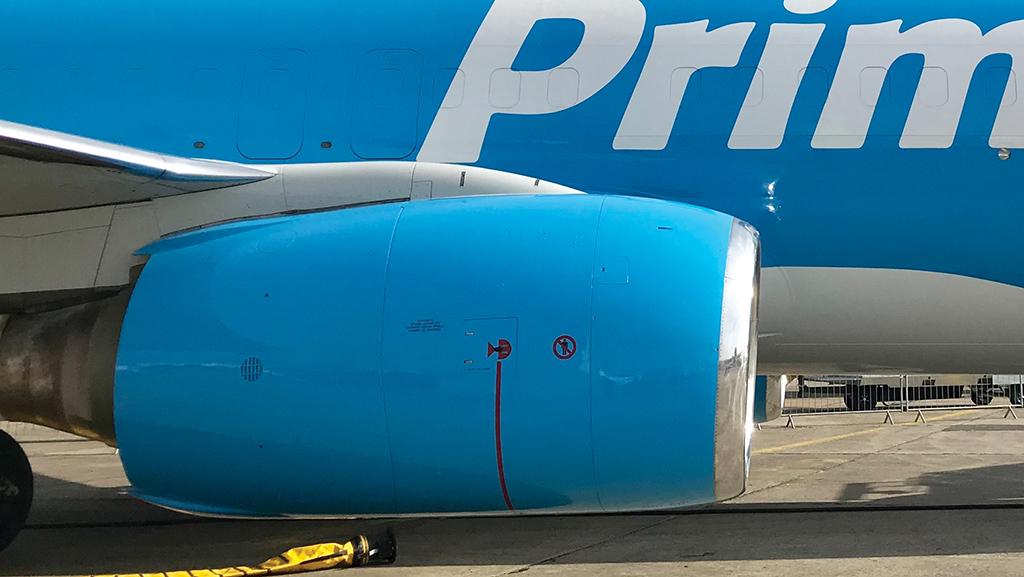
A maintenance procedure mandated by regulators can leave Boeing 737 Next Generation (NG) thrust reversers inoperable immediately after the work is done, prompting regulators to warn affected operators and recommend a precautionary step.
The FAA in early August issued a special airworthiness bulletin calling attention to the issue. The agency recommends that 737NG operators deploy and retract reversers immediately following upper locking-actuator integrity tests. Other regulators, including the European Union Aviation Safety Agency, followed suit, issuing the FAA advisory bulletin to their operators.
The integrity tests stem from a 2019 airworthiness directive that clarifies a procedure used to set up a new locking actuator is not appropriate for use on an in-service aircraft. The new setup procedure calls for the removal of material from the sensor target to ensure it does not cause a flight deck caution light to mistakenly illuminate. But using that procedure on in-service aircraft can degrade the sensor, which could cause the light not to illuminate even if there is a malfunction.
The 2019 directive ordered operators to remove part of the procedure—the steps that permit adjustment of the target sensor’s size—from maintenance manuals and conduct the integrity tests for the 737NG fleet. Operators soon discovered that the integrity tests created another issue: reversers that were not deploying on the first attempted activation following the tests.
“The FAA has received reports indicating that, in some cases, after maintenance personnel performed these tests, the thrust reverser failed to deploy on the first commanded deployment,” the FAA’s bulletin explains. “After completion of this integrity test, it is possible that the thrust reverser could be in a state with residual load and that it may not deploy when commanded the first time after the integrity test is done.”
The tests “can introduce a preload in a component of the thrust reverser (locking pin of the synchronization lock). And if the residual value of the torque is high enough, the synchronization lock will fail to unlock, resulting in failure of the thrust reverser to deploy when commanded,” the FAA explains.
Deploying the reversers one time following the tests eliminates the risk.
“Including this additional step will result in release of this residual torque after this integrity test is performed, preventing it from potentially interfering with deployment of the thrust reverser the next time it is commanded to deploy,” the FAA says.
The maintenance manual changes from the 2019 directive apply to the 737 MAX as well. But operators of the newest 737 variant are not urged to conduct integrity tests, the agency says. “Those airplanes have not been subjected to enough wear to warrant the use, by any operator, of the sensor target trimming procedure that leads to the upper locking actuator lock indication failure that may exist on 737NG airplanes,” the FAA says.

